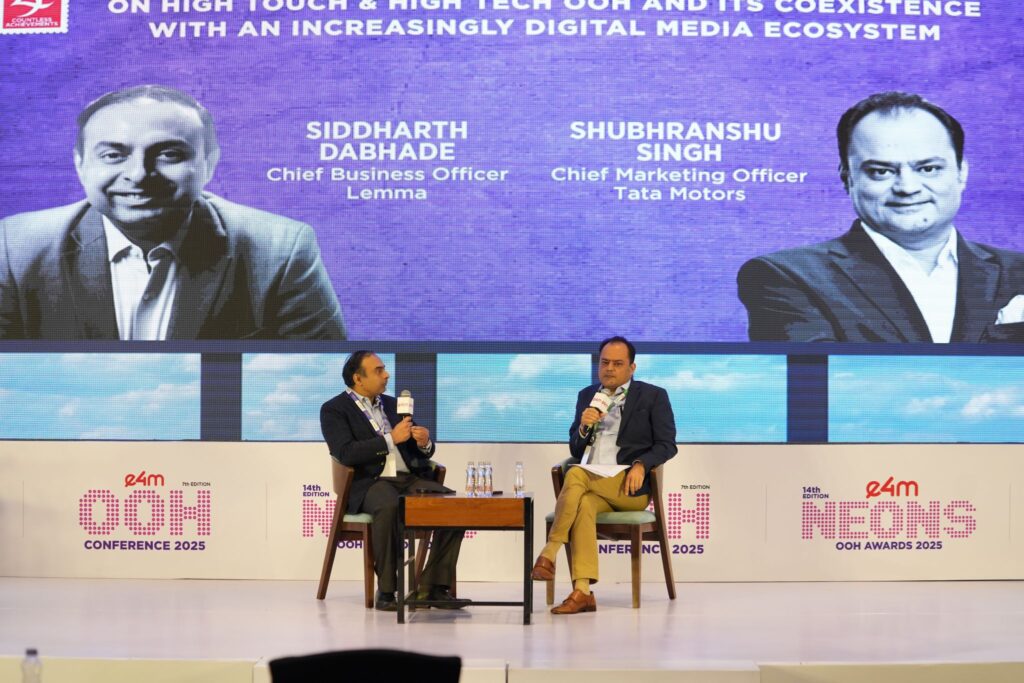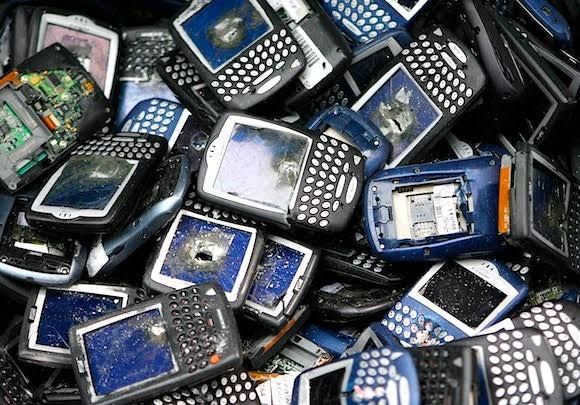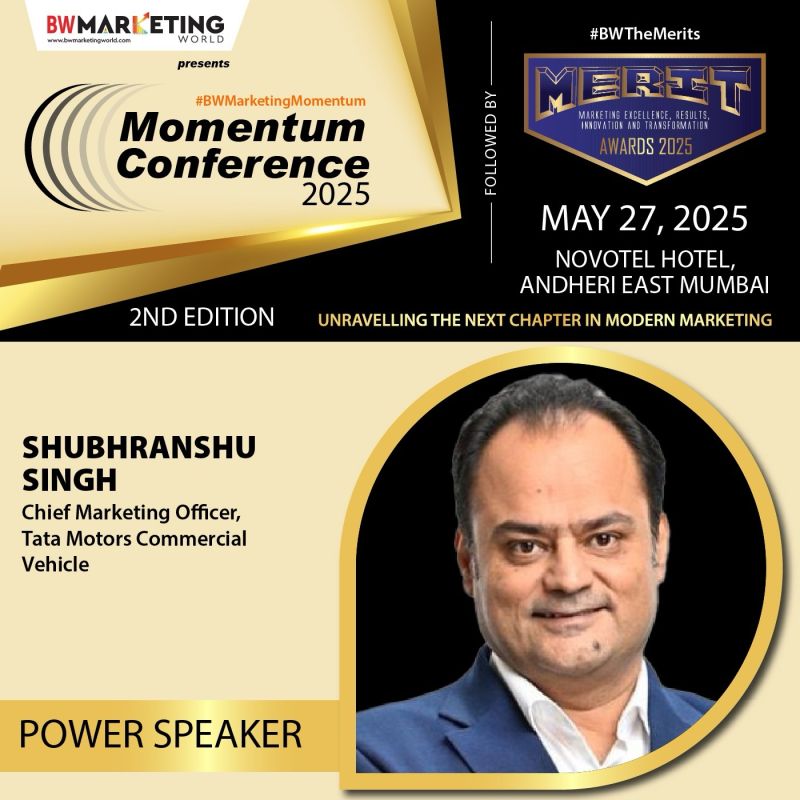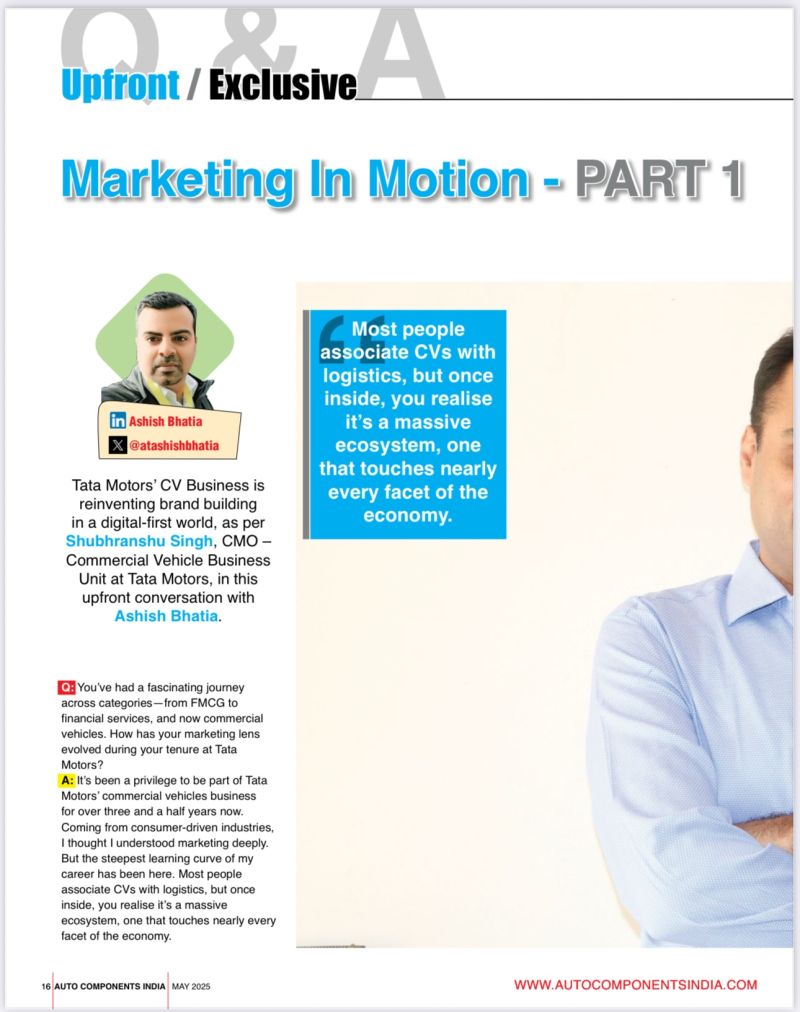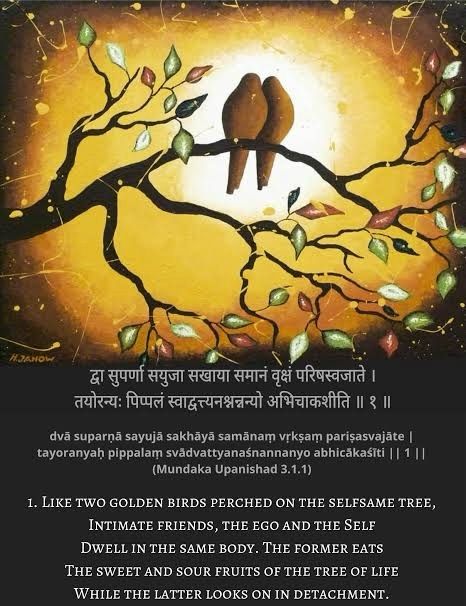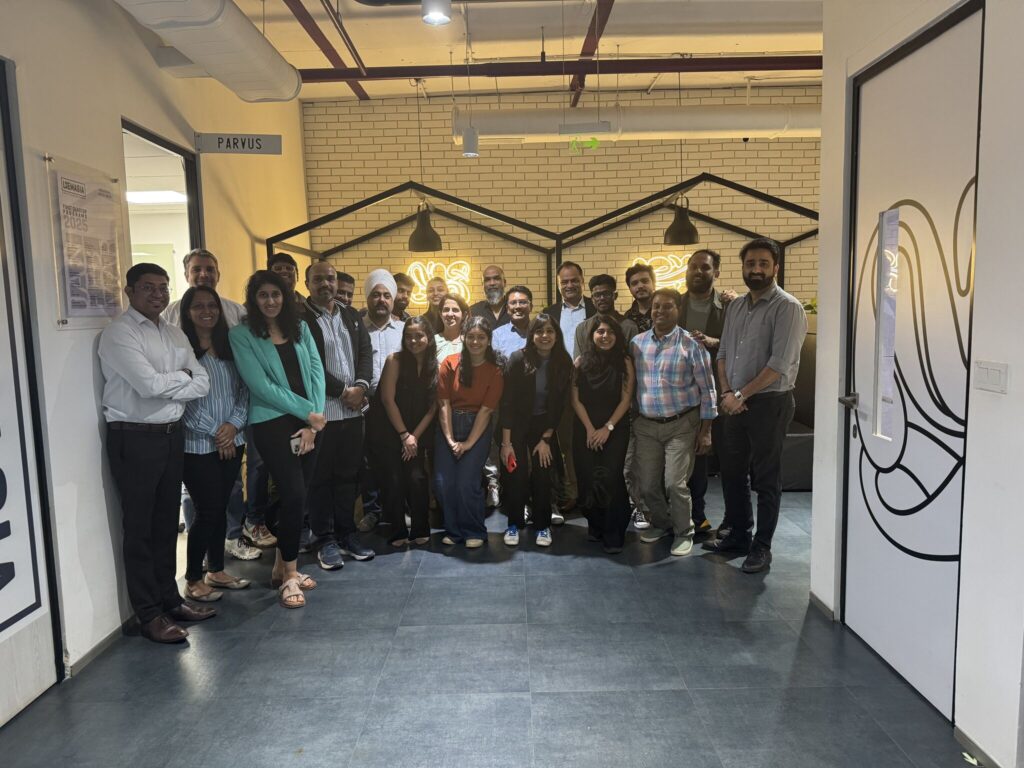Closing Keynote at hashtag#e4mNeonsOOH Conference 2025
Closing Keynote at hashtag#e4mNeonsOOH Conference 2025 I spoke on the balance between High Touch & High Tech The role of OOH in a digitally-driven media ecosystem is full of potential and possibilities. Following this, I had a fireside chat with Siddharth Dabhade, Chief Business Officer at Lemma, delves into the future of OOH in a rapidly evolving digital landscape. 🔑💡 One of the biggest shifts I’ve observed in marketing is the growing dominance of measurability as a sole criteria when designing campaigns. Another significant change is the algorithmic filtering of almost everything marketers invest in. This goes beyond just the consumer’s feed—it influences a much broader digital ecosystem. OOH needs to break away from being purely ambient—it should be direct, impactful, engaging, and unapologetically bold. OOH is the only legacy medium that has truly survived this shift because it co-exists seamlessly with digital. In today’s digital landscape, OOH is moving from the background to the forefront of consumers’ minds. hashtag#e4m hashtag#e4mNeonsOOH hashtag#OOH2025 hashtag#HighTouchHighTech hashtag#OOHInnovation hashtag#DigitalMedia hashtag#MarketingLeadership
Closing Keynote at hashtag#e4mNeonsOOH Conference 2025 Read More »

